'It gives you a clear boundary before you even start sorting' – why the 'Start with Enough' method easily clears stubborn mess
Professional organizers explain this 'really simple' streamlining technique


One of the main roadblocks when paring back belongings is not knowing how much of any one thing you should have, which is where the 'Start With Enough' tip comes in handy.
For example, if you need to declutter your sock collection, ask yourself – how many pairs are enough? From there, stick to that number, getting rid of any surplus.
Here, professional organizers explain this effective decluttering method, share why it works, and which drawbacks you may need to consider.
What is the 'Start with Enough' method?
As Di Ter Avest, professional organizer and founder of Diisorganized, explains the Start with Enough technique is a new way of discussing a technique that has been around for a long time.
'Instead of asking yourself what to get rid of,' she explains, 'consider how much is enough for you and your family to feel comfortable and supported. Then stick with that number.'
In practice, that might mean deciding 'you only need six mugs in the cupboard instead of fifteen, or ten pairs of jeans instead of a whole stuffed drawer,' Di adds.
'It gives you a clear boundary before you even start sorting, which makes the whole process feel a lot less overwhelming. It is one of my favorite mindset shifts when it comes to organizing.'
Design expertise in your inbox – from inspiring decorating ideas and beautiful celebrity homes to practical gardening advice and shopping round-ups.
This, in turn, makes it easier to be more ruthless when decluttering, too.
Additionally, Tracy McCubbin, CEO and founder of dClutterfly, says, 'The Start with Enough trick is great because it holds you accountable,' while ensuring you won't abandon your decluttering before the job is done.
How does the 'Start with Enough' method work?
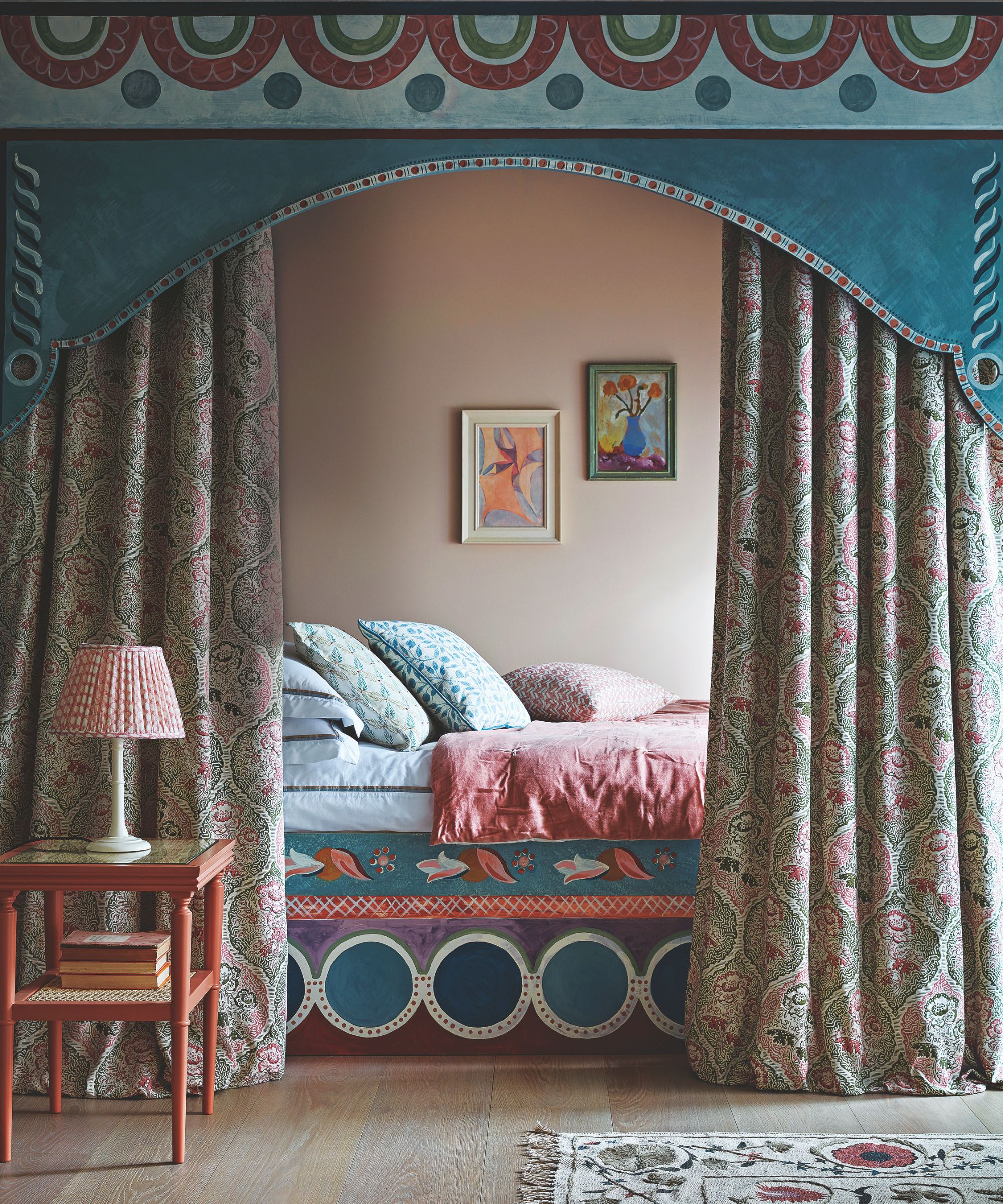
'It works because it brings clarity and confidence to your decisions'
In practice, this decluttering tip is really simple.
Di explains, 'Choose your enough number first, then pick out the items you love or use most within that limit. So if you decide eight sweaters are enough, you pull out all your sweaters, choose your top eight favorites, and those are the ones that stay.
'Everything else is extra. It’s kind of like setting a budget for your belongings – you know what you need, and you don’t let the extras creep in and take over your space.
'It works because it brings clarity and confidence to your decisions. Instead of standing in your closet wondering what to part with, you’re focused on what’s truly serving you right now.
'Once you define what enough looks like, it’s easier to maintain balance and avoid slipping back into that cycle of overstuffed drawers and crowded shelves. You can set the number that you feel comfortable with, which makes sense for your lifestyle.'
This, too, adds Tracy, 'takes a lot of the guesswork out of decluttering,' which is why this method is effective if you're indecisive and want to set yourself up for a successful decluttering session.
For that reason, it's one of the techniques professional organizers use to effortlessly edit down belongings and simplify the process of putting together a decluttering checklist.
Drawbacks of the 'Start with Enough' method
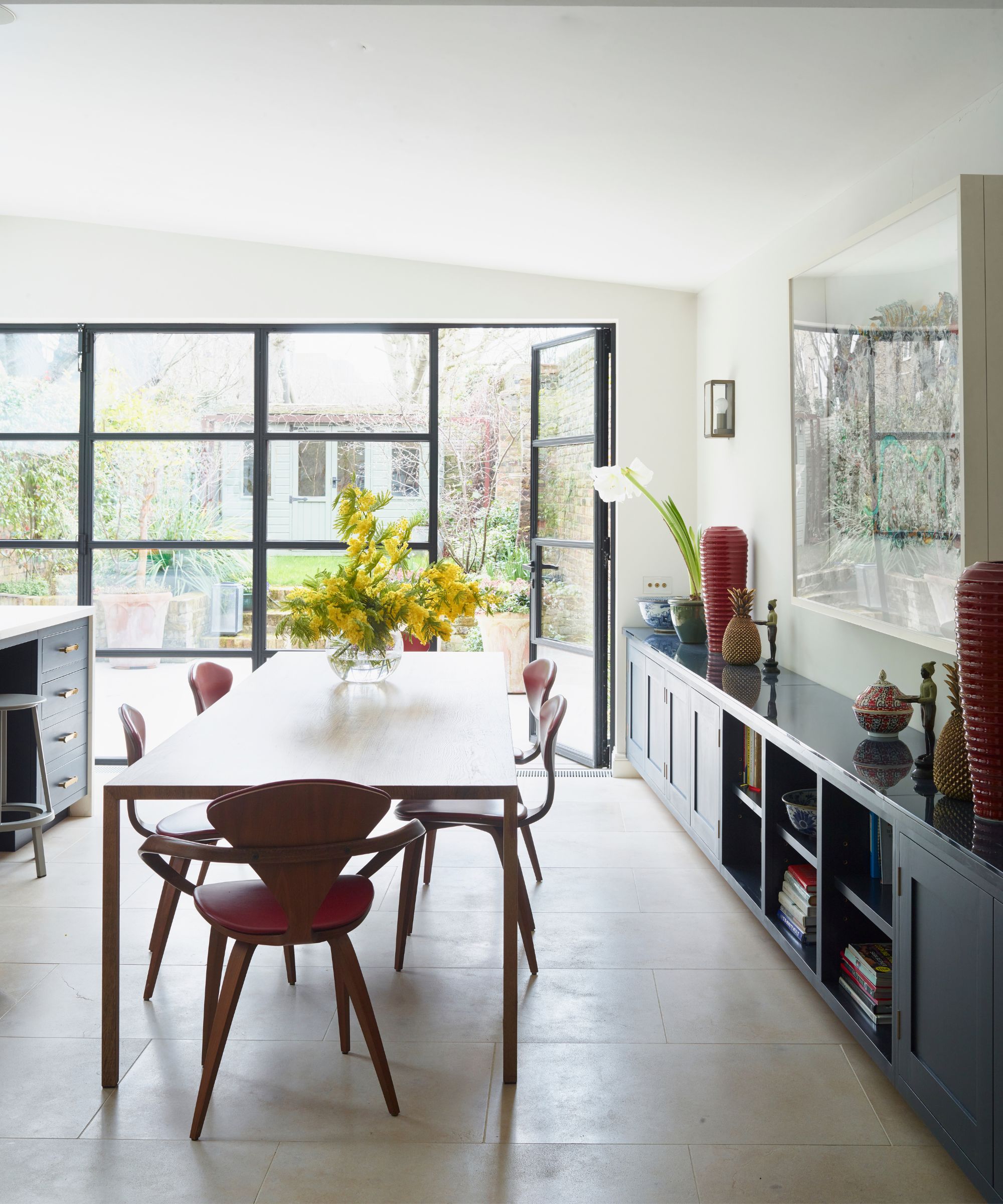
There's no such thing as a one-size-fits-all decluttering approach
No streamlining tip is without its flaws. However, being clued up on the specific drawbacks can help you avoid any decluttering mistakes later down the line.
For example, says Tracy, 'There may be some categories in your home that are hard to decide on a number for, or certain categories that are too sentimental to whittle down to a number.'
This is, in part, why it's so tricky in general to let go of sentimental items, even if they're just wasting space.
'In those cases,' Tracy advises, 'don't force yourself to stick to something so rigid, but be honest with yourself about what you really need and want.'
This is particularly important when facing the difficult task of decluttering after bereavement, or decluttering for your parents in their 80s or other loved ones.
For these items, collecting any you're not sure of in a storage basket, such as the Martha Stewart Oversized Indoor/Outdoor Rattan Storage Bin available at QVC, can keep them organized and out of the way until you're ready to make a final decision.
Additionally, says Di, it's crucial to remember that 'enough' isn't a one-size-fits-all number. Instead, it's personal and can shift over time as your needs and routines change.
'What feels like enough kids’ toys this year might feel different next year,' she explains. 'I also encourage my clients not to go too extreme too quickly – if you set your number too low, you might end up frustrated and running out to replace things, which defeats the purpose.'
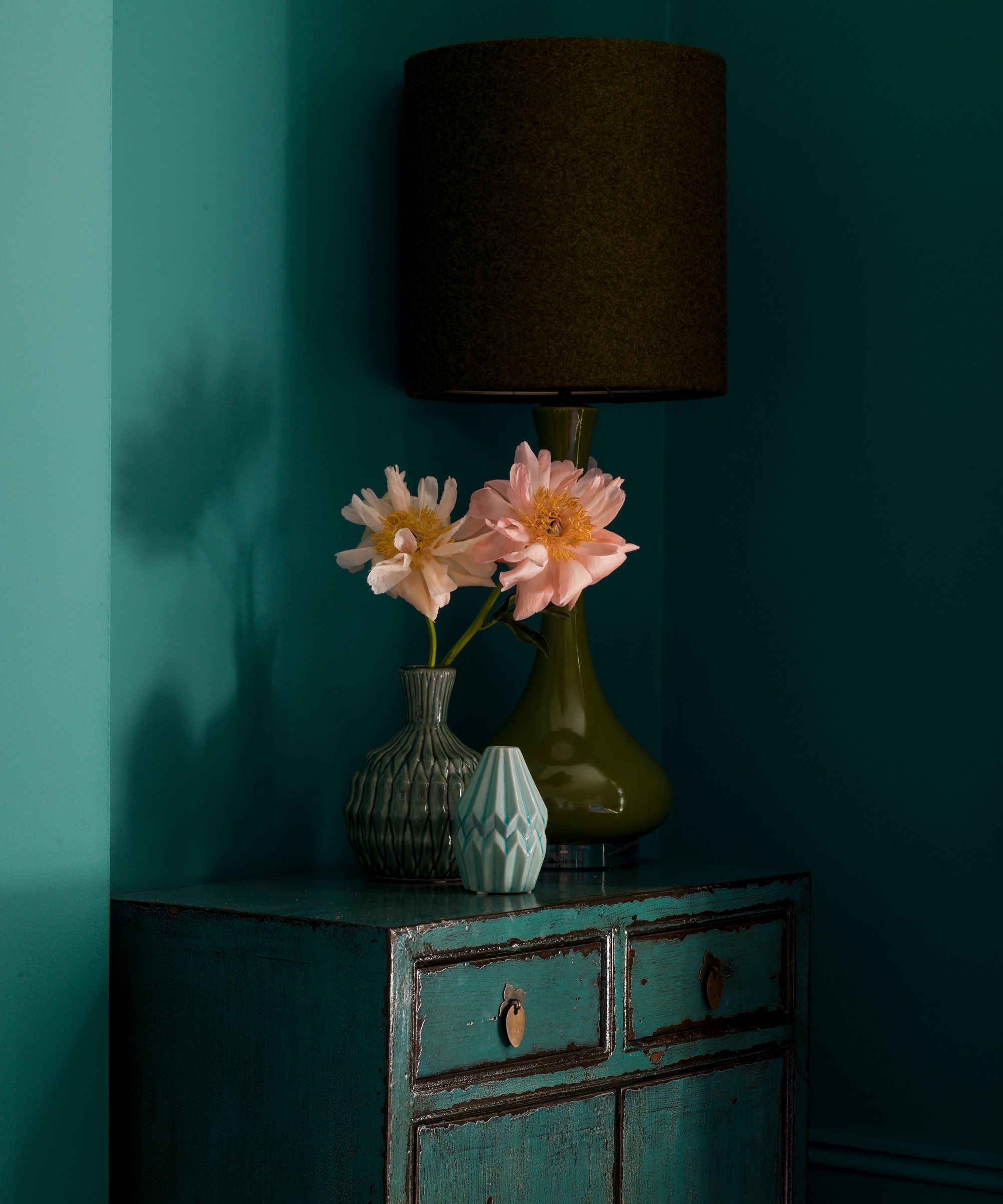
Grant yourself allowances when tackling sentimental items
Finally, adds Ben Soreff, professional organizer at House to Home Organizing, as with any organizing project, with this technique, it's important to have a plan in place.
'Starting small is super important,' he recommends. 'You may say you are going to organize the garage on a Saturday, but you are going to pull everything out and make a mess, then get interrupted as life gets in the way, and you will leave the project worse off than if you never touched it in the first place.'
This is where techniques such as the five-second rule and the 10-10-10 challenge come in handy, forcing you to avoid procrastination and decision fatigue, and allowing you to declutter a home, room by room, without any undue stress.
Failing that, putting together a decluttering schedule can give you a little more time.
Di concludes, 'The beauty of this tip is that it’s flexible – you can adjust as your life evolves, and your home stays aligned with what you really need.'
What to shop
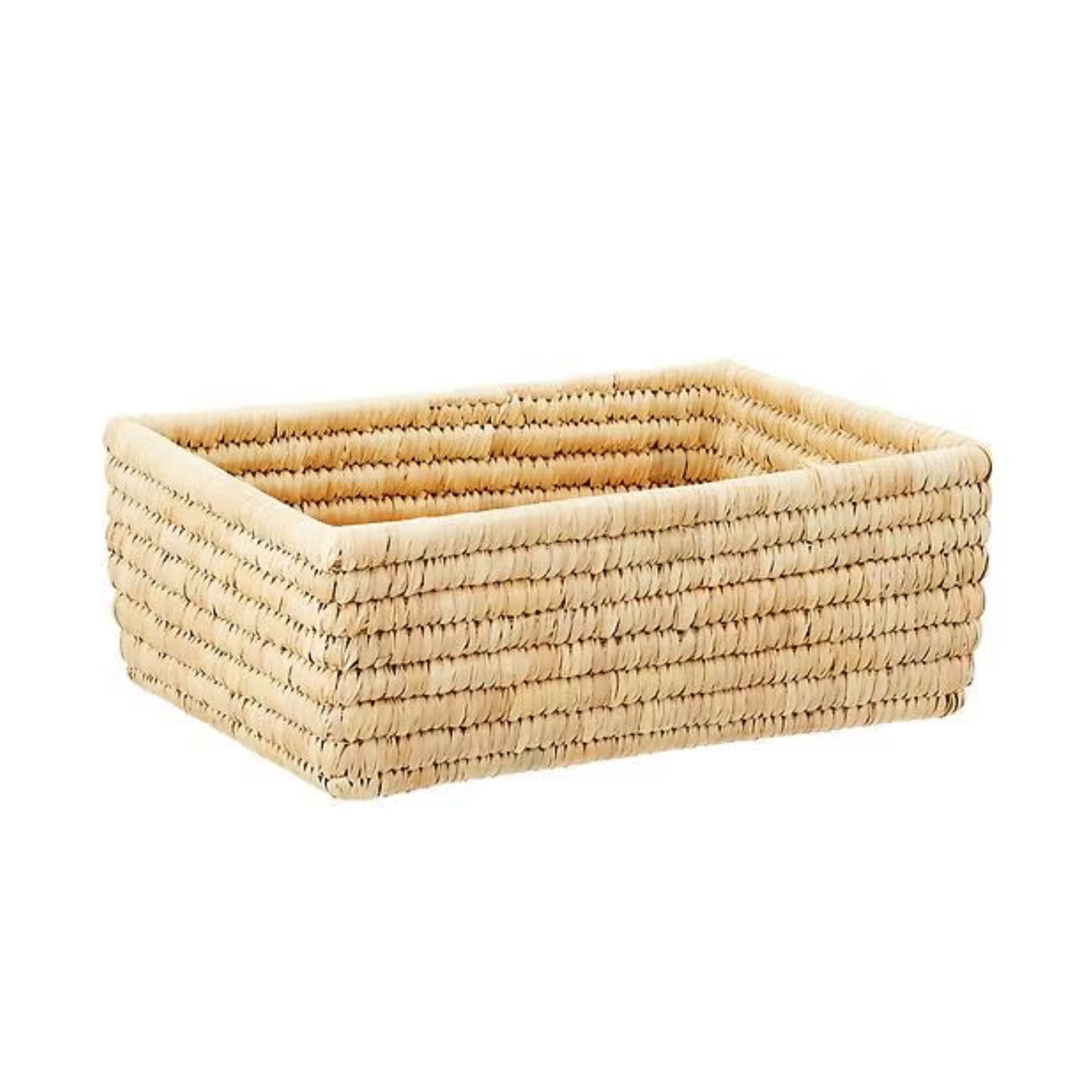
This storage basket is handcrafted from sustainable palm leaf and seagrass, and is ideal for organizing and storing any small items, like electronics, toys, mail, and more.

Take Marie Kondo's advice and ask yourself – does this item spark joy?
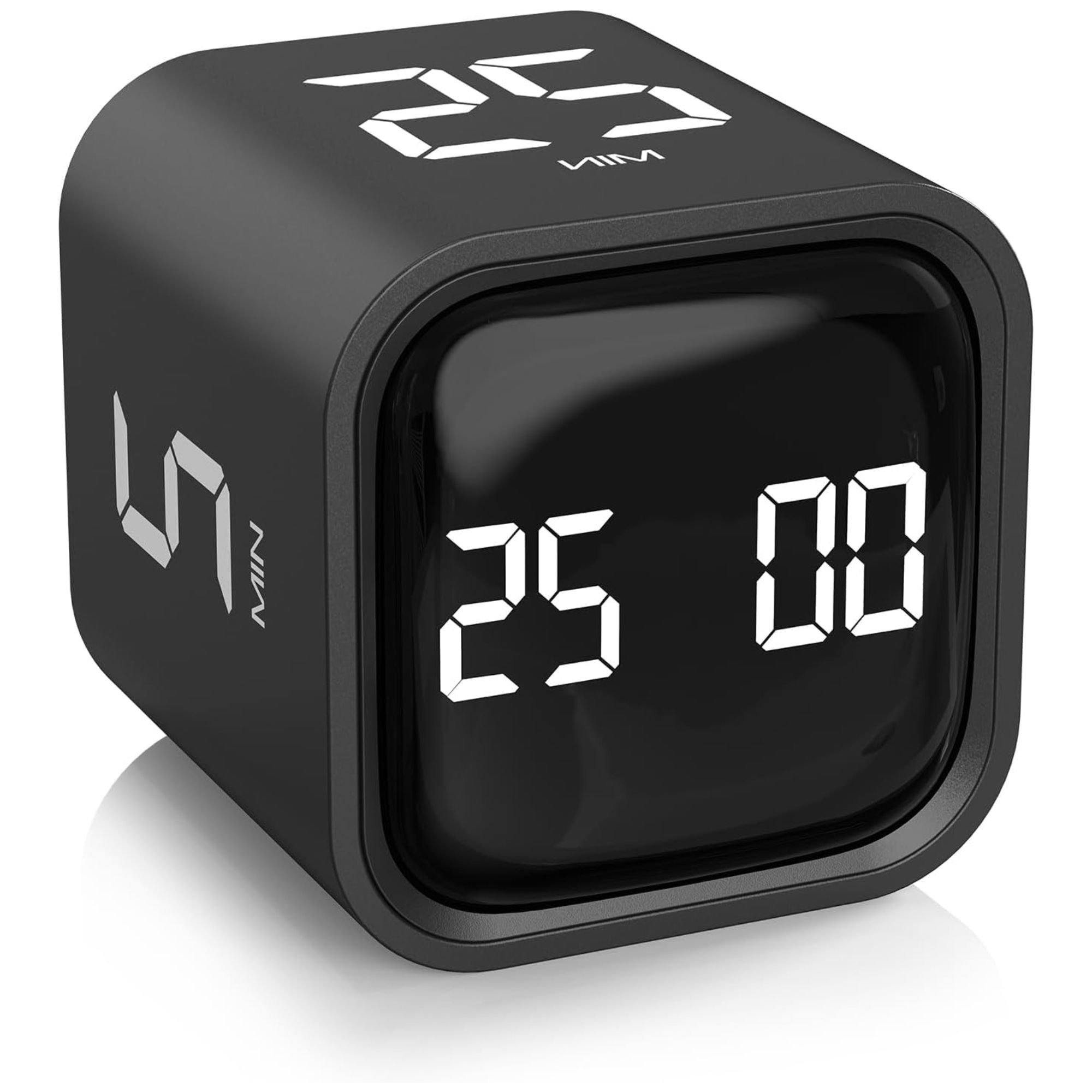
I swear by the Pomodoro Technique for spring cleaning, and it's ideal in these circumstances too. Simply set your 'enough' limit for your specific category, set your timer, and get tidying without procrastination.
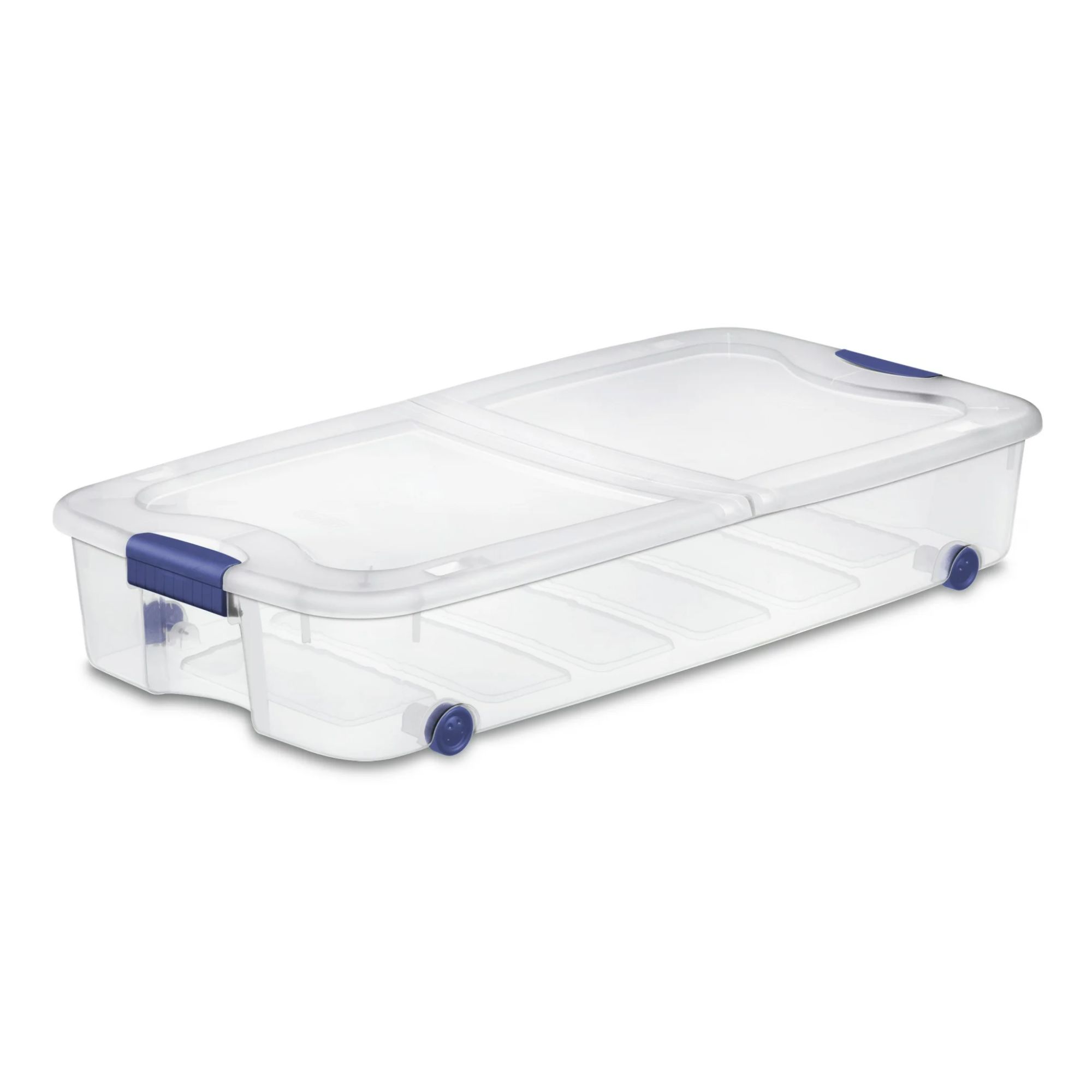
You might be sticking to your pre-planned 'enough' number of items, but still struggling for space to store them. In this instance, make the most of the oft-overlooked real estate under your bed.

Keep track of which areas around the home you've already tackled and which you've yet to tick off using the Start with Enough method with this handy notepad.
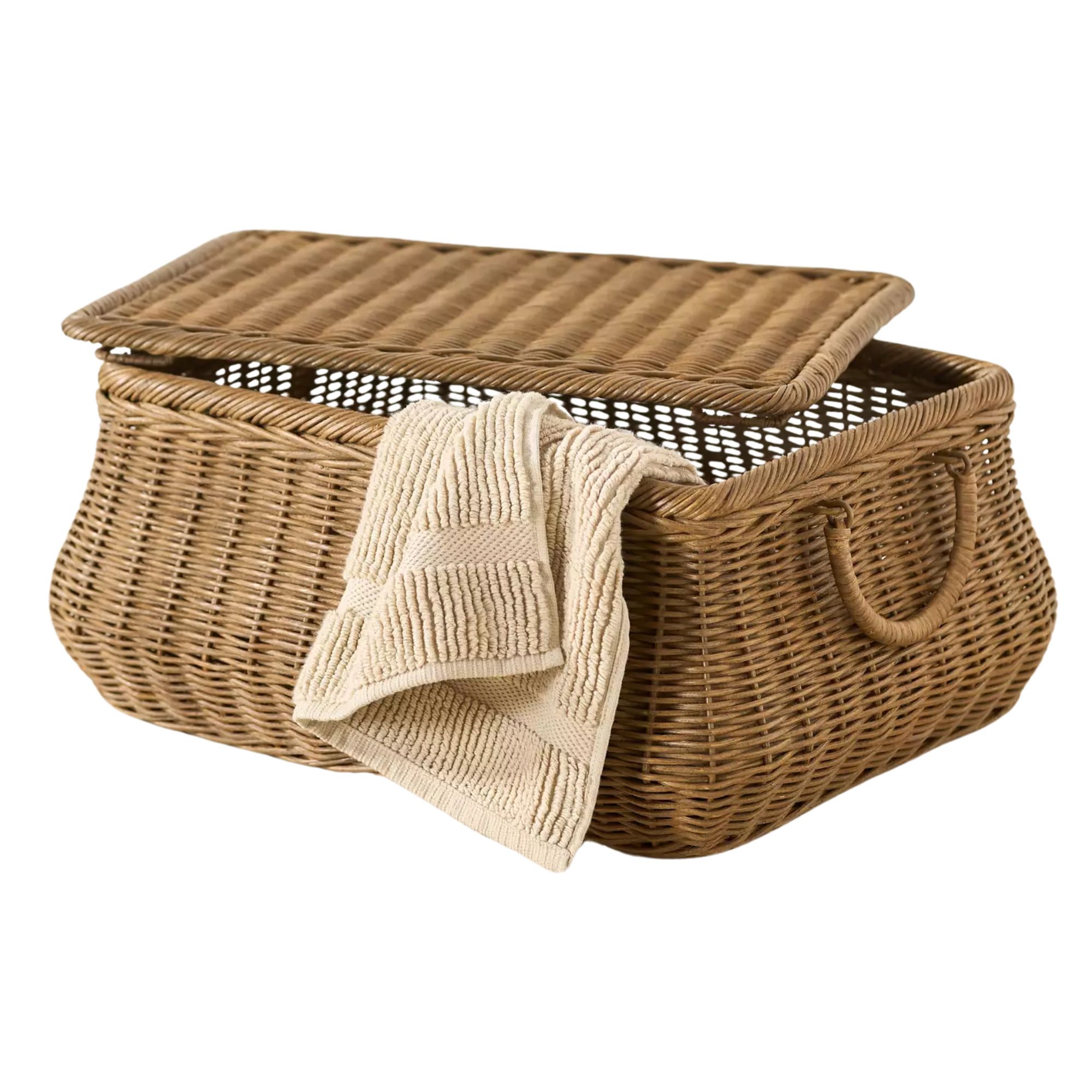
Hide clutter with this stylish storage bin, which features strong handles and a rustic matching lid.
FAQs
What should you not declutter?
The only thing you really shouldn't pare back is when it's someone else's stuff, particularly without their permission.
For example, always involve your children when decluttering kids' rooms, to avoid any resentment or disappointment further down the line.
Meet our experts

Ben has worked in the professional organizing field for many years, after leaving a career in film and TV production.
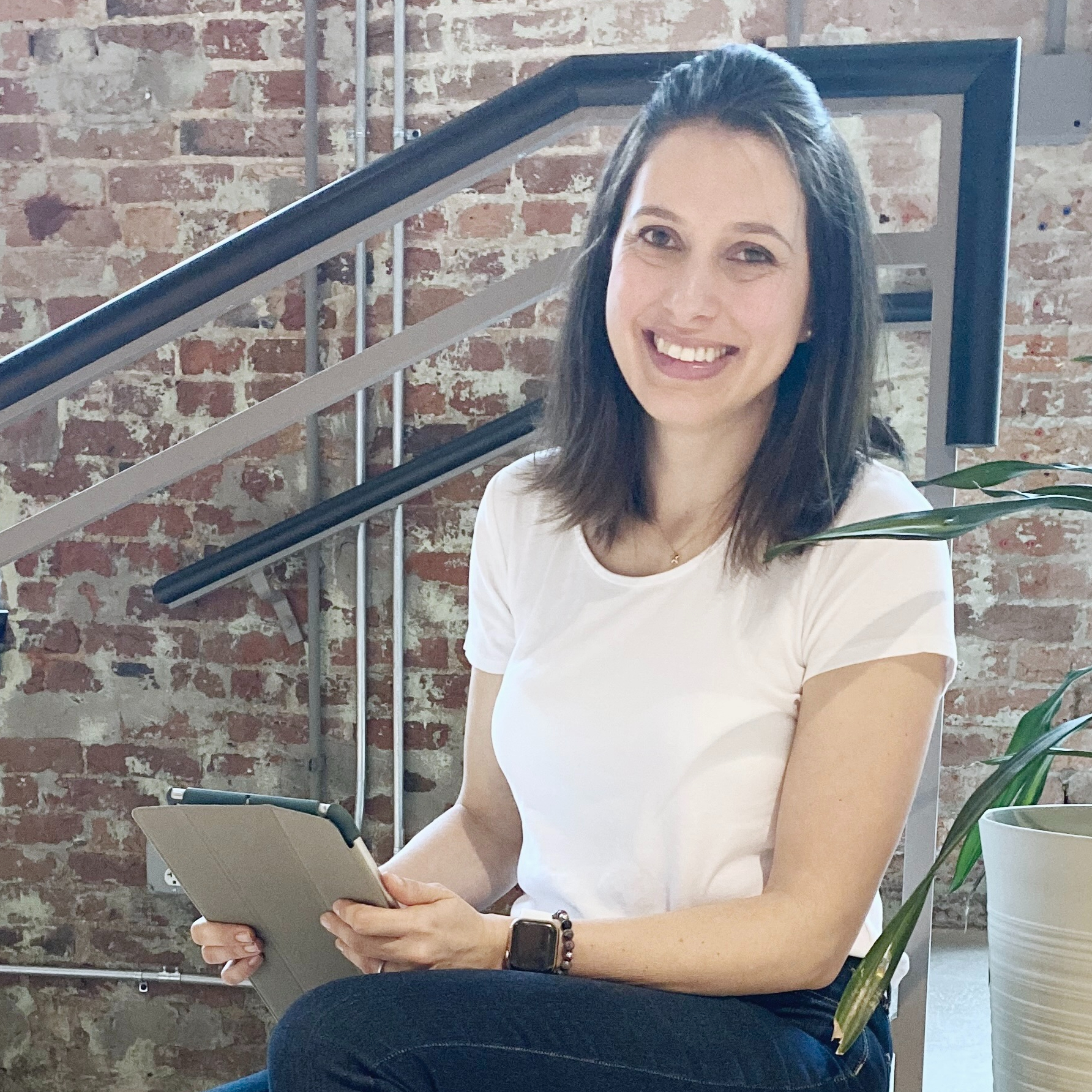
Di quickly learned the importance of organization and regular decluttering after becoming a mother, and has since helped hundreds of clients rethink their relationship with clutter around the house, with techniques she swears by in her own home, which really work to make a difference.
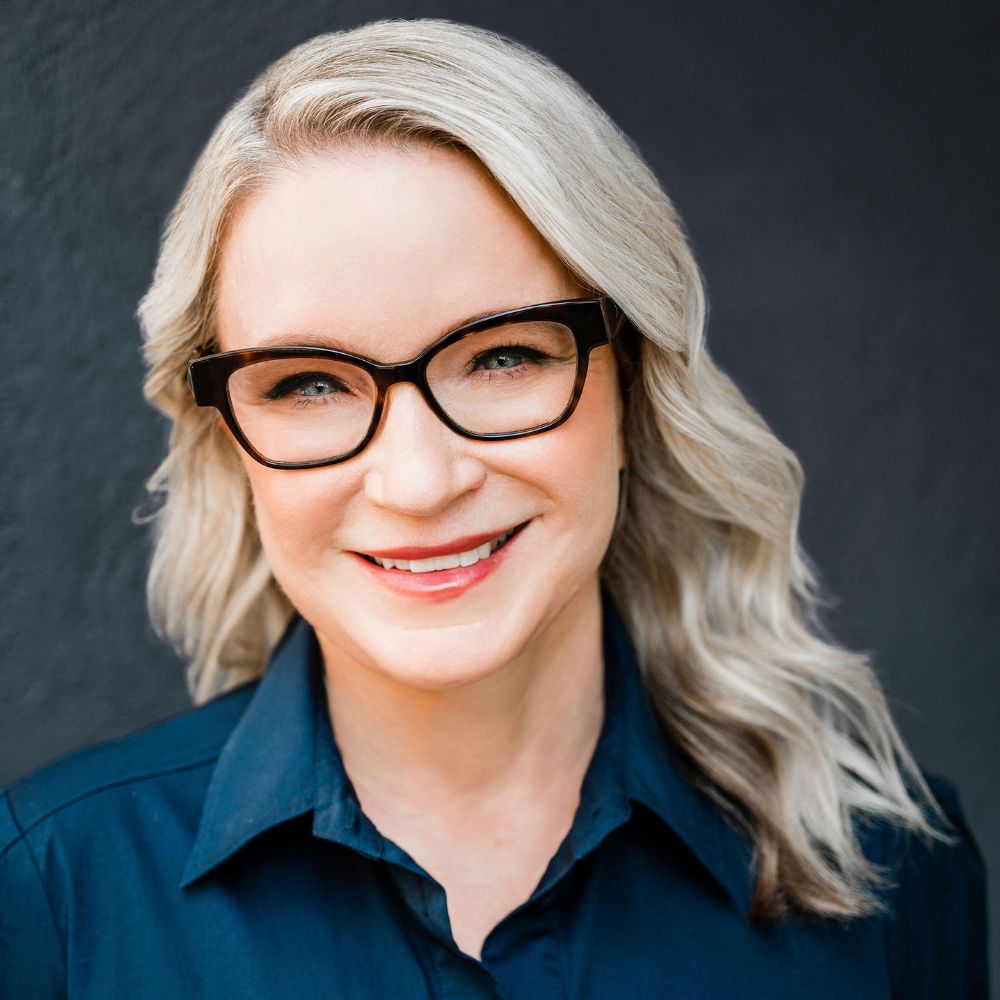
Tracy has been professionally decluttering and organizing since 2006, helping her numerous clients to create liveable and streamlined spaces.
You might know how to declutter your home, but when was the last time you took the time to declutter your mind?
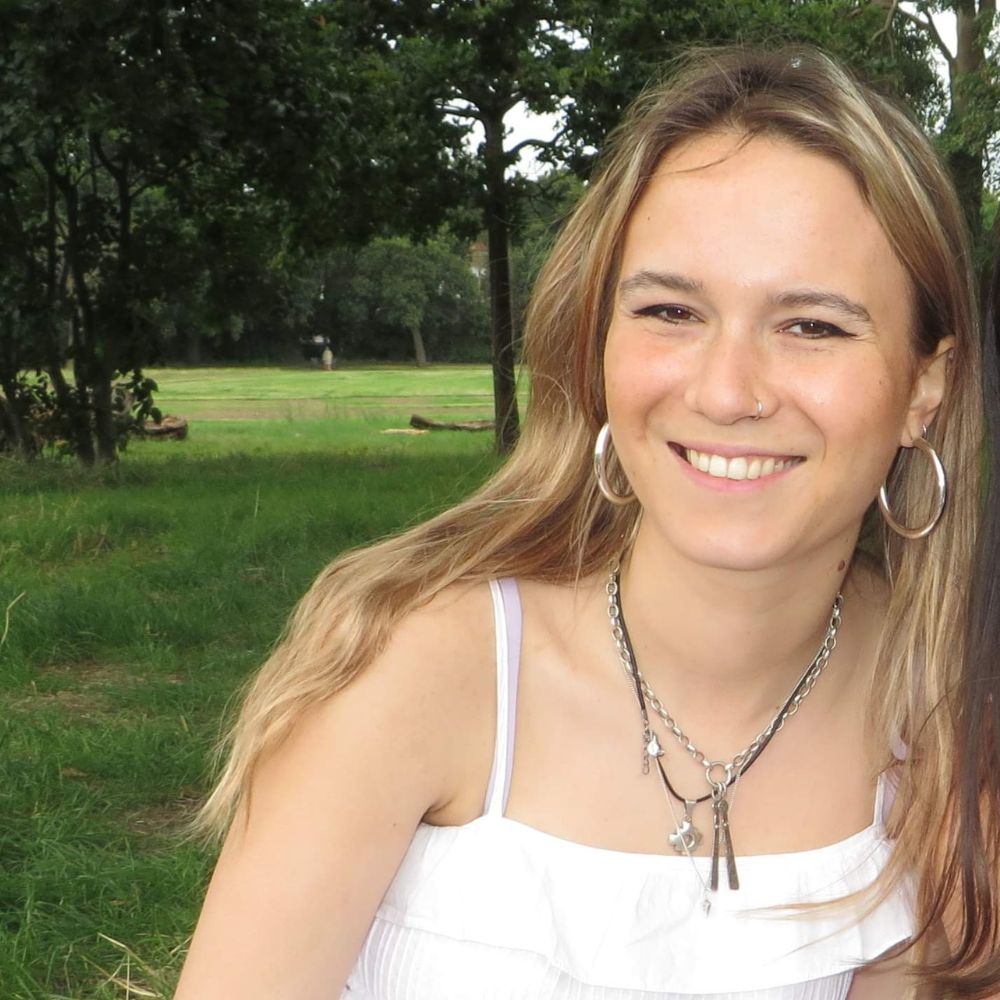
Ottilie joined Homes & Gardens last year, after finishing a Master's in Magazine Journalism at City, University of London. With previous contributions in Livingetc and Motorsport Magazine, she produces content for the Solved section on the website, focusing on clever tips and tricks to keep your home beautiful, organized, and clean, with particular expertise on all things home fragrance. She also has a Master's degree in English Literature and History of Art from the University of Edinburgh, where she developed a love for inspiring interiors and architecture.
You must confirm your public display name before commenting
Please logout and then login again, you will then be prompted to enter your display name.